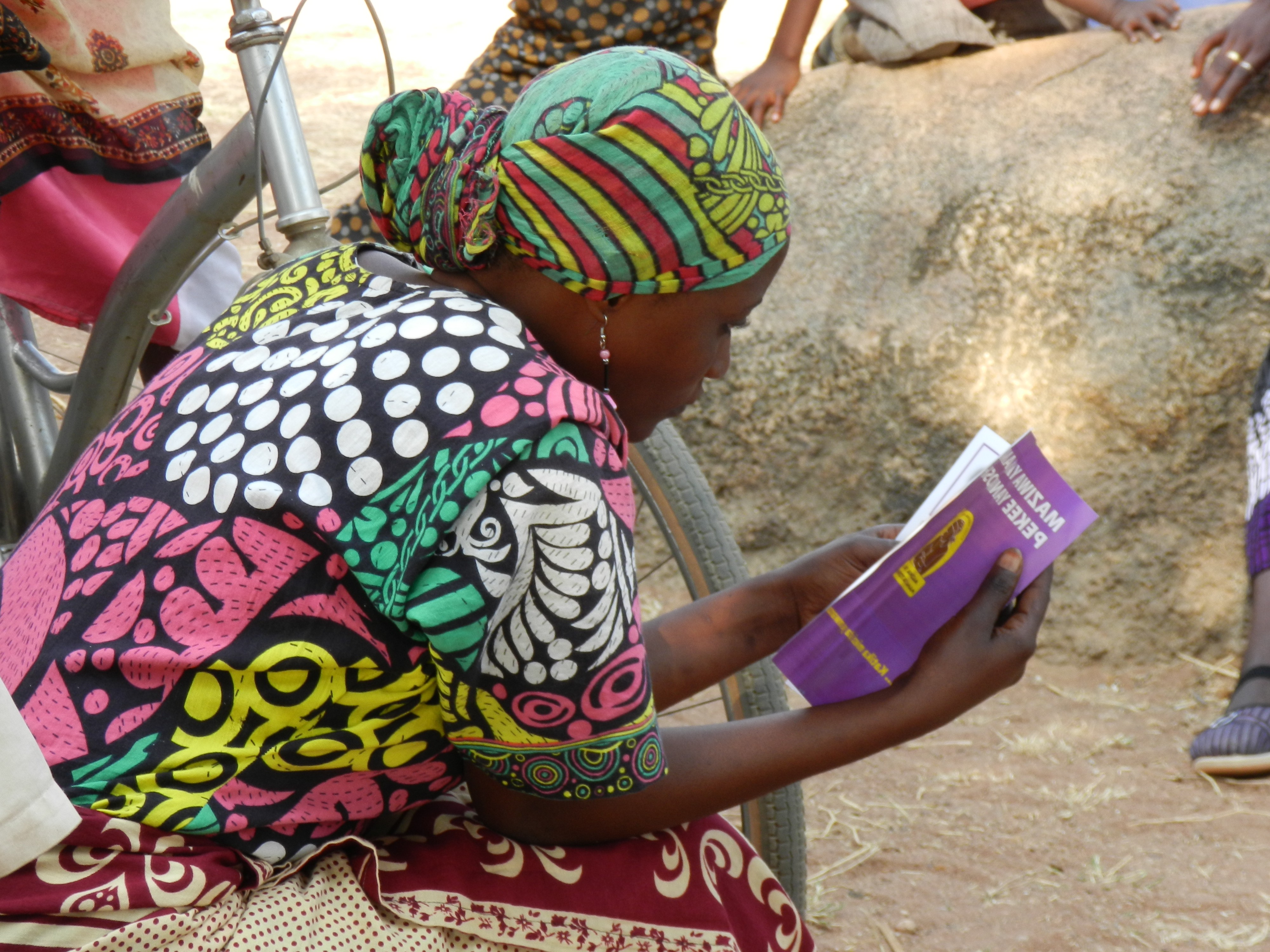Supporting Systems to Improve Nutrition Maternal Newborn Child Health (SUSTAIN-MNCH) was implemented by World Vision Canada (WVC) between 2012 and 2014. CSIH partnered with WVC to carry out the component of the project focused on strengthening health systems and building the capacity of health service managers and primary care providers, to ultimately improve the quality of care in Singida Region, Tanzania.
The total population of mainland Tanzania is estimated to be at nearly 40 million, with 75 per cent of the population residing in rural areas. In 2012, Tanzania’s maternal mortality rate was 578 per 100,000 live births; its under-five mortality rate was 112 per 1000, and its neonatal mortality rate was 32 per 1000 live births. In committing to MDGs 4 and 5, the Government of Tanzania agreed to reduce the under-five mortality rate by two-thirds, and reduce the maternal mortality ratio by three-quarters, by 2015.
To conduct health system strengthening (HSS) activities, with the goal of increasing the capacity of health service managers to plan primary care providers, of community health workers to monitor gender sensitive material, and of providing newborn child health and nutrition services to mothers, newborns and children under five.
CSIH collaborated with local and international consultants to strengthen the capacity of health management teams through training on health information reporting and supportive supervision. It also worked to improve the use of the Health Management Information System (HMIS) and to develop the clinical abilities of healthcare workers, such as with Emergency Obstetric Care (EmOC).
- Improved reporting rate, quality, and use of health information at the district and regional level. Reporting rates in all districts were nearly 100 per cent;
- Increased utilization of antenatal, delivery, and post-natal services in all four districts;
- Repeated recognition of the Singida Region and Iramba District, through various regional and district awards and distinctions, for their superior performance in the last year of the project.
- To increase impact with the inclusion of all districts in Singida Region.
- To address overcrowding in maternity waiting rooms, which results from higher use of health services.
- To more fully address the lack of incentives, poor working conditions, and lack of recognition and appreciation of CHWs at the village level.

